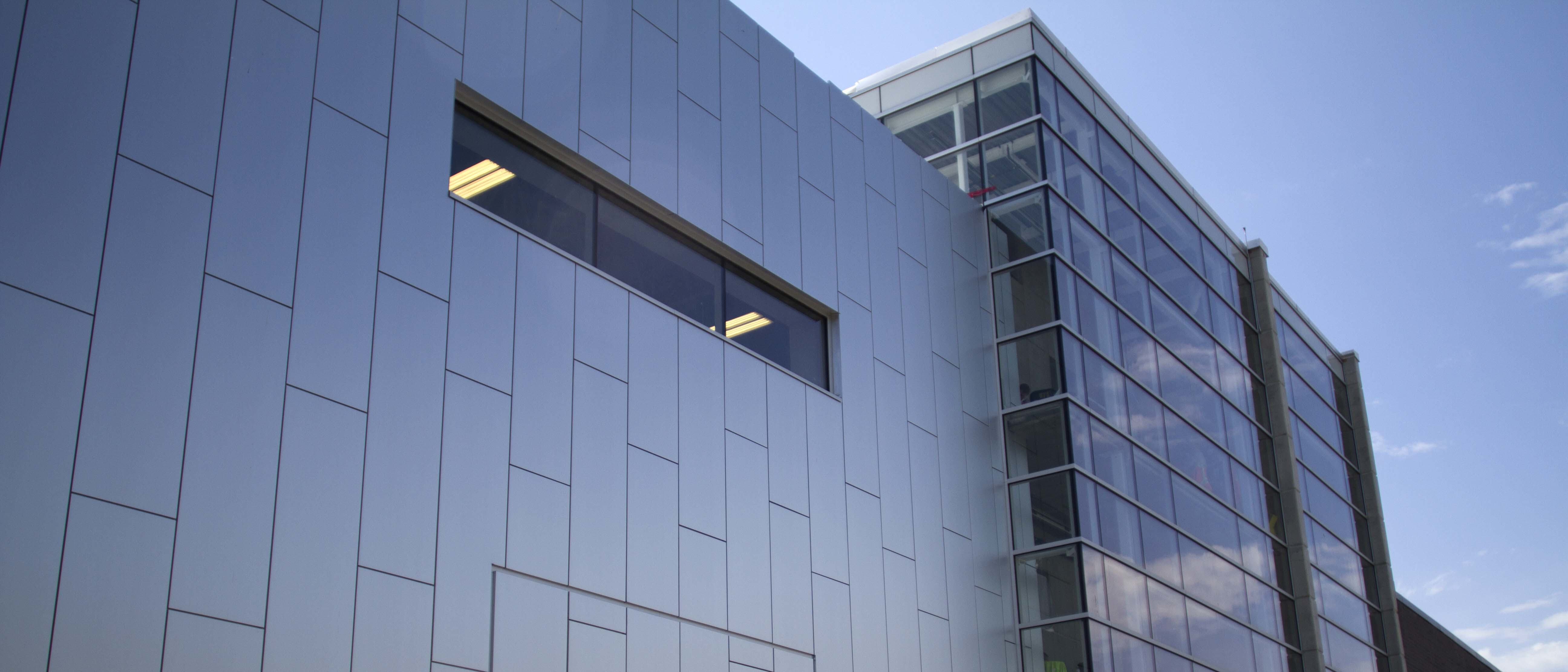Not only is the construction industry growing, but it is also evolving at the same time. From better building practices to the advent of better products, the landscape of what and how a structure can be built is always changing.
This evolution is also occurring within the mindset of those associated with the execution of a particular structure. For instance, an architect is always looking for new and innovative products that will aid in the construction of the next iconic building. A contractor is interested in systems that allow them to build more efficiently with less hassle and less cost.
Regardless of where in the construction process, the idea of building better more durable structures is of the utmost importance.
In Vancouver, Canada the push to build with sustainability in mind is paramount. BC Hydro was certainly aware of this when the construction of the Vancouver City Central Transmission (VCCT) project began. This project was being built to provide power to the rapidly growing Mount Pleasant area of Vancouver.
To build a sustainable structure, one must also be building for durability. Thus, mitigating the potential risks of the area, which include the potential of a coastal earthquake, as well as water penetration into the concrete, was vital.
In order to mitigate these risks, innovative products needed to be used. Originally specified to waterproof the concrete was a traditional sheet membrane. Unfortunately, as shotcrete was being used, the risk of tears or punctures became reality. Alternatively, the project team decided to switch the specification and use Kryton’s Internal Membrane (KIM) waterproofing admixture. KIM is added directly to the concrete mix, so there are no risks or punctures or tears. Further, KIM is able to withstand hydrostatic water pressure, which is prevalent in this region. For complete protection, Kryton’s Krystol Waterstop System was used to protect the construction joints and details, a common weak point for water ingress.
To read more on this, please read the article printed in Shotcrete Magazine.








